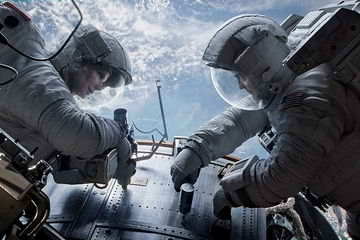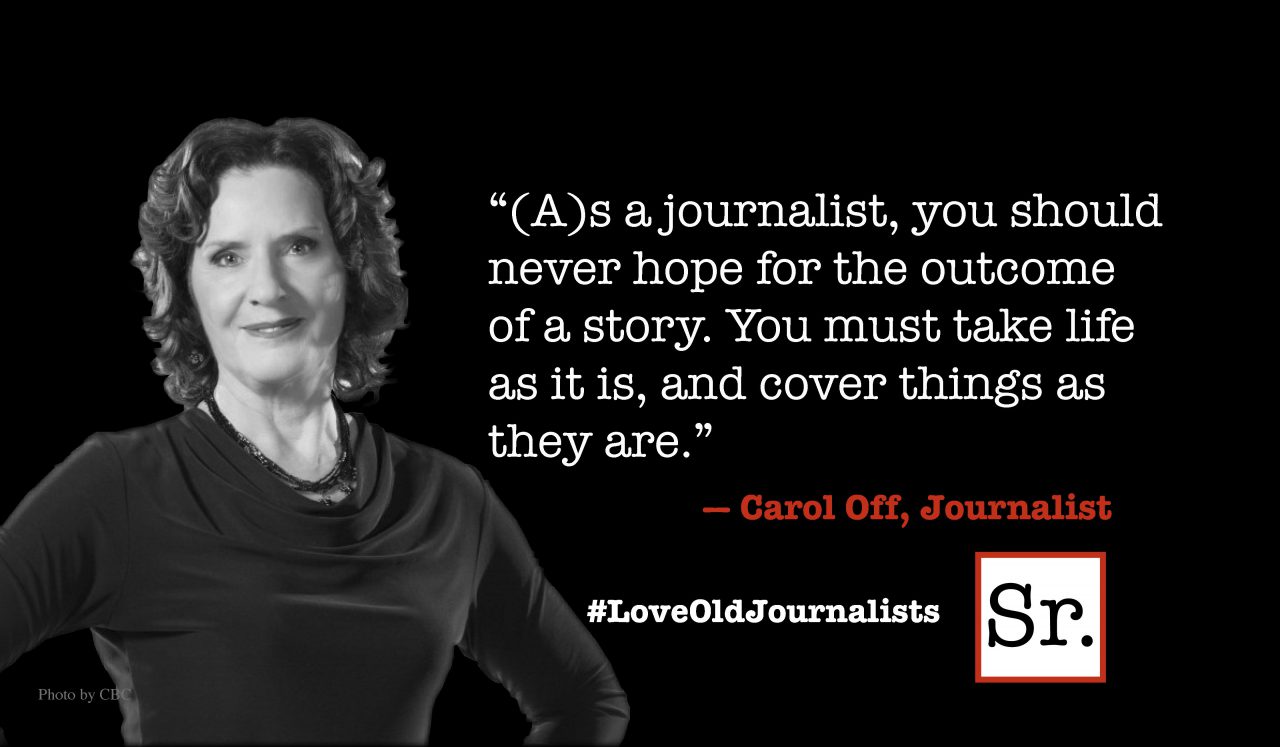The prospector in the waterless desert. The mountaineer in a blizzard. The shipwrecked sailor on a raft.
There have been plenty of movies about humans trying to survive in inhospitable situations, but few are quite as terrifying — or beautiful — as that depicted in “Gravity.”
As just about everyone knows by now, the latest film from the chameleonic Alfonso Cuaron — a veteran of kiddie lit (“A Little Princess”), teen sex (“E Tu Mama Tambien”); a Harry Potter movie and a dystopian future (“Children of Men”) — is set in outer space and centers on two astronauts (played by Sandra Bullock and George Clooney) who are marooned when their space shuttle is destroyed by debris from a Russian spy satellite.
“Gravity” isn’t the first stranded-in-space epic. Ron Howard gave us "Apollo 13" in 1995, and long before that there was the melodrama “Marooned” in 1969.
But it is without doubt the most realistic, so perfectly capturing the feel of life in orbit that on the drive home from the theater I couldn’t quite shake the sensation that I was part of a weightless environment.
The film begins audaciously with a single, uninterrupted 12-minute shot in which Cuaron’s camera seems to slowly float around the orbiting shuttle and the Hubble telescope, which is undergoing a repair job.
The lady with the wrench is Ryan Stone (Bullock), a scientist on her first space flight. Ryan is installing new circuitry of her own design on the Hubble, and pride of ownership is the only reason she’s doing the job herself.
We learn from the radio chatter that Ryan hates space travel. Her biometrics have Mission Control concerned that she’s going to barf in her space suit.
Good thing, then, that mission commander Matt Kowalski (Clooney) is floating nearby, keeping everyone entertained with an endless stream of tall tales and wise-guy comments. Calm, unflappable and using his droll chatter as a cover for his supreme professionalism, Matt is just the sort of solid, comforting presence you want to have around when things go south.
And, boy, do they go south.
Remember, this whole introductory passage is done in just one shot. (Cuaron has tinkered with complex, single-shot scenes before, most notably in “Children of Men.”)
The camera comes in close enough that we can see the astronauts’ features behind the glass of their helmets, the vapor from their breath condensing on the inside. Then it drifts back to take in the entire scene, including the huge curved surface of Earth below and the endless sea of stars.
It’s a zero-gravity ballet. (Hint: Cough up the bucks to see it in 3-D. Or go that one better and see it on an IMAX screen. Money well spent.)
The destruction of the shuttle in a hail of space shrapnel is horrifying and magnificent — still part of that one uninterrupted opening shot — and Ryan finds herself flung hopelessly out into space in a sickening end-over-end cartwheel.
Rescued by Matt, who has a propulsion pack that allows him some maneuverability, they return to find the rest of their crew dead and the shuttle inoperable. The unflappable Matt falls back on Plan B.
The International Space Station is in orbit a few thousand yards away. It’s a long hike in weightlessness, but if they can reach it they may be able to use one of its escape pods to return to Earth.
(In the real world this strategy wouldn’t work, since the Hubble orbits nearly 100 miles higher than the ISS, but, c’mon, it’s the movies.)
I won’t give much more away about this nerve-wracking nail-biter except to say that a safe return to terra firma involves yet another perilous transfer from the ISS to an abandoned Chinese space station.
Obstacles along the way include not only the dangers of floating free in outer space but a flash fire inside one of these orbiting way stations.
With his dead-on blend of wry humor, matter-of-fact competence and genuine heroism, Clooney is just about perfect as the calm, cool Matt.
But “Gravity” is clearly Bullock’s show, allowing her to give the most physical performance of her career (even if much of it is in slo-mo, thanks to the restrictions of a zero-gravity environment) while hitting as many emotional notes (fear, panic, despair, determination, defiance) as you’ll find in a half-dozen run-of-the-mill roles. (Could she be up for an Oscar to keep company with the one she received for “The Blind Side”?)
But even more than a hugely effective emotional roller coaster, “Gravity” is a magnificent technical achievement. One cannot begin to fathom the complexity of this production, the seamless blend of live action and computer-generated special effects that make us believe we’re really up there.









